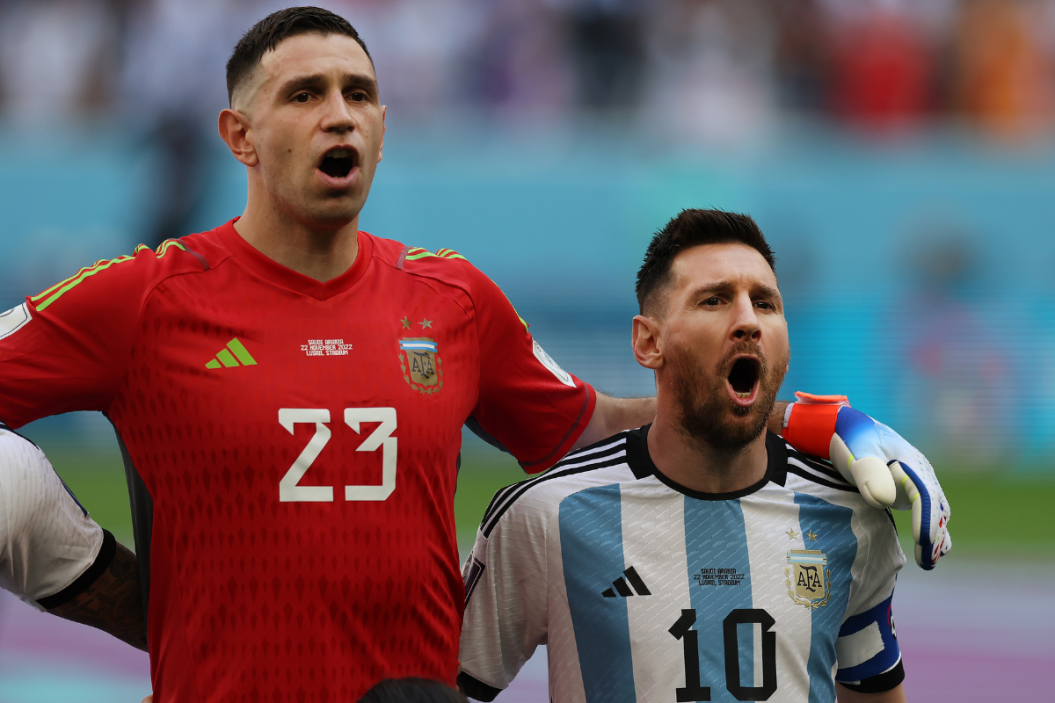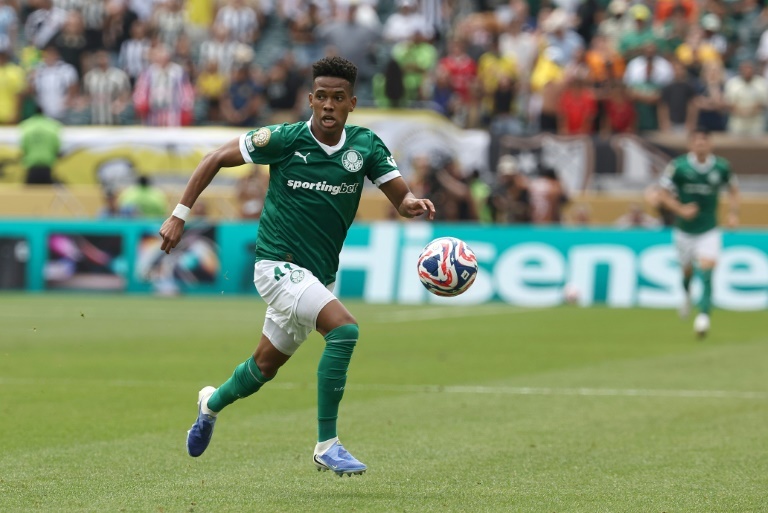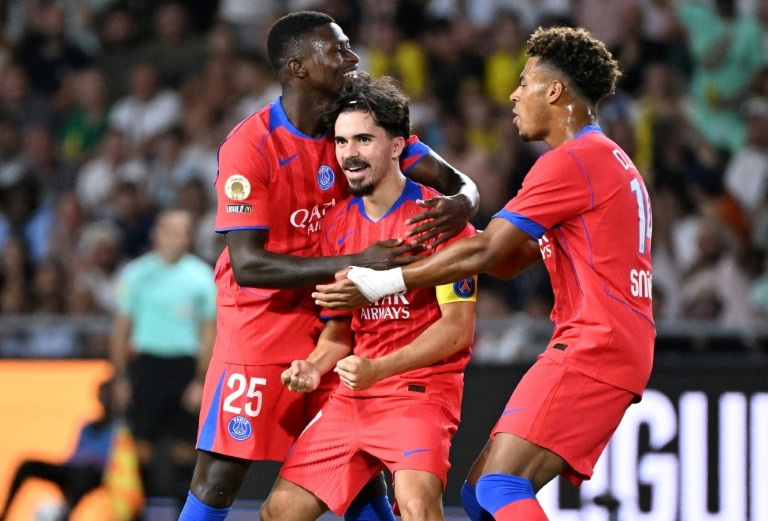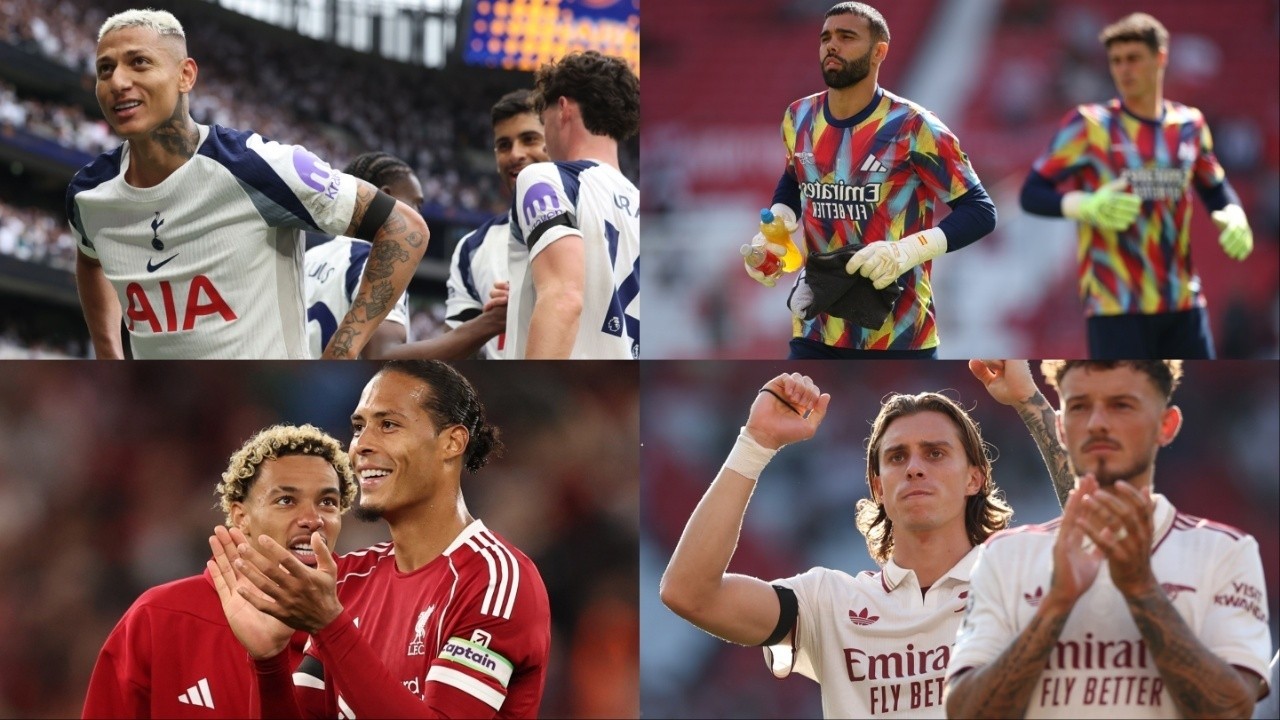How Tall is Messi?

Leo Messi has always been among the shorters on-field players, yet he was never invisible on the pitch. But what is his height, and how does it affect his performance?
2 years ago
Lionel Messi, widely considered one of the greatest footballers in the history of the sport, stands at approximately 1.70 meters, or around 5 feet 7 inches tall. This height, while below average for professional footballers, has certainly not hindered Messi's extraordinary career.
His relatively smaller stature has proven advantageous in many situations on the field. Messi's height contributes to his lower center of gravity, which in turn enhances his balance and control over the ball. This superior balance allows him to maintain control of the ball even while executing rapid changes in direction and speed, a characteristic that has become synonymous with Messi's playing style.
Messi's height is also complemented by his remarkable speed and agility, traits that make him an elusive target for opponents. His ability to weave through defenders and retain possession in tight spaces is largely attributed to these physical attributes. Despite not having the towering presence of some of his peers, Messi has consistently demonstrated the ability to outmaneuver taller, physically imposing opponents.
It's worth noting that while Messi's height may disadvantage him in certain aspects of the game, such as aerial duels, he has more than compensated for this with his exceptional skill set. His precise and powerful shooting, combined with his visionary passing, has enabled him to influence games and score goals at an astounding rate throughout his career.
Lionel Messi, one of the most celebrated footballers in history, isn't as tall as many of his contemporaries in the sport. At approximately 5 feet 7 inches (1.70 meters), Messi's height has always been a talking point. However, his less-than-average height can be traced back to his childhood, when he was diagnosed with a growth hormone deficiency, a condition termed as Growth Hormone Disorder (GHD) or idiopathic short stature.
This condition not only affects an individual's height but can also impact various bodily functions such as pituitary function, skin and teeth health, eyesight, and immune system strength. The treatment for GHD involves the administration of human growth hormone (HGH), a procedure that can be quite costly. Messi's family, being of modest means, was unable to bear the approximately $900 per month expense for the treatment.
It was FC Barcelona that stepped in, agreeing to fund Messi's medical treatments, which included injections of HGH. The club's decision turned out to be an investment that would pay off remarkably as Messi became one of the greatest players to have ever graced the football pitch. However, it's essential to clarify that Messi's use of HGH wasn't to artificially enhance his performance but rather treat a legitimate medical condition.
While the use of HGH is generally prohibited in most sports, exceptions are made for players with documented medical conditions that require the use of such substances. These exceptions, termed Therapeutic Use Exemptions (TUE), are considered in accordance with the provisions of the FIFA anti-doping code. Given Messi's well-documented medical history, it's likely that he could have been granted a TUE, although there has been no public confirmation of this.
With the aid of the treatments, Messi grew from a height of just 4 feet 2 inches to his current height, which is average for an Argentinian male. However, this 'average' height combined with his extraordinary skills on the field has made Messi far from average as a footballer. His lower center of gravity, a trait common in players of shorter stature, has contributed to his agility and control on the field. It's also worth noting that many of Messi's former teammates at FC Barcelona, including football greats like Andres Iniesta and Xavi, aren't much taller than him, further emphasizing that height is not the definitive factor in determining a footballer's success.
Lionel Messi's shorter stature has been pivotal in shaping his unique playing style and contributing to his phenomenal success. Let's delve into some key advantages.
Firstly, Messi's dribbling prowess is arguably his standout attribute. His lower height grants him superior balance, enabling him to change direction while maintaining stability swiftly. This makes him a formidable adversary to defend against.
Secondly, Messi's height aids his acceleration. Shorter legs can facilitate greater acceleration over short distances, making Messi a threat during quick counterattacks or sprints in tight spaces.
Furthermore, having a low center of gravity, courtesy of his shorter height, boosts Messi's balance and agility. It also assists in sudden acceleration and deceleration, and enables him to anticipate changes in motion adeptly. This makes Messi virtually immovable when in possession, despite not being the most physically imposing.
Finally, some argue that shorter height enhances shot precision. The theory suggests that shorter players can more easily align their body and foot movement with the ball, enhancing control over shots or passes. Messi's uncanny accuracy, while undoubtedly a product of relentless practice, might be facilitated by his smaller frame.
Despite his modest size, Lionel Messi holds his ground when compared with other popular football stars.
There's a stark contrast starting with Cristiano Ronaldo, as Ronaldo is renowned for his impressive vertical leap and extraordinary athleticism. Standing at around 6 feet 2 inches (1.87 meters), Ronaldo utilizes his height and leaping ability to score remarkable headers, something Messi, with his 5 feet 7 inches (1.70 meters), doesn't typically exploit.
Moving onto Diego Maradona, Messi's fellow Argentinian legend, Messi actually stands taller. Maradona, who was only about 5 feet 5 inches (1.65 meters), shared many similarities with Messi in terms of their low center of gravity and exceptional ball control.
Then we have Mo Salah, one of the premier forwards in football today. Salah's height is similar to Messi's, with the Egyptian standing just a little taller at approximately 5 feet 9 inches (1.75 meters). Their similar height means they share some attributes on the field, like agility and balance, allowing them to maintain control of the ball under pressure.
His relatively smaller stature has proven advantageous in many situations on the field. Messi's height contributes to his lower center of gravity, which in turn enhances his balance and control over the ball. This superior balance allows him to maintain control of the ball even while executing rapid changes in direction and speed, a characteristic that has become synonymous with Messi's playing style.
Messi's height is also complemented by his remarkable speed and agility, traits that make him an elusive target for opponents. His ability to weave through defenders and retain possession in tight spaces is largely attributed to these physical attributes. Despite not having the towering presence of some of his peers, Messi has consistently demonstrated the ability to outmaneuver taller, physically imposing opponents.
It's worth noting that while Messi's height may disadvantage him in certain aspects of the game, such as aerial duels, he has more than compensated for this with his exceptional skill set. His precise and powerful shooting, combined with his visionary passing, has enabled him to influence games and score goals at an astounding rate throughout his career.
Why is Messi not tall?
Lionel Messi, one of the most celebrated footballers in history, isn't as tall as many of his contemporaries in the sport. At approximately 5 feet 7 inches (1.70 meters), Messi's height has always been a talking point. However, his less-than-average height can be traced back to his childhood, when he was diagnosed with a growth hormone deficiency, a condition termed as Growth Hormone Disorder (GHD) or idiopathic short stature.
This condition not only affects an individual's height but can also impact various bodily functions such as pituitary function, skin and teeth health, eyesight, and immune system strength. The treatment for GHD involves the administration of human growth hormone (HGH), a procedure that can be quite costly. Messi's family, being of modest means, was unable to bear the approximately $900 per month expense for the treatment.
It was FC Barcelona that stepped in, agreeing to fund Messi's medical treatments, which included injections of HGH. The club's decision turned out to be an investment that would pay off remarkably as Messi became one of the greatest players to have ever graced the football pitch. However, it's essential to clarify that Messi's use of HGH wasn't to artificially enhance his performance but rather treat a legitimate medical condition.
While the use of HGH is generally prohibited in most sports, exceptions are made for players with documented medical conditions that require the use of such substances. These exceptions, termed Therapeutic Use Exemptions (TUE), are considered in accordance with the provisions of the FIFA anti-doping code. Given Messi's well-documented medical history, it's likely that he could have been granted a TUE, although there has been no public confirmation of this.
With the aid of the treatments, Messi grew from a height of just 4 feet 2 inches to his current height, which is average for an Argentinian male. However, this 'average' height combined with his extraordinary skills on the field has made Messi far from average as a footballer. His lower center of gravity, a trait common in players of shorter stature, has contributed to his agility and control on the field. It's also worth noting that many of Messi's former teammates at FC Barcelona, including football greats like Andres Iniesta and Xavi, aren't much taller than him, further emphasizing that height is not the definitive factor in determining a footballer's success.
What are the advantages of not being tall?
Lionel Messi's shorter stature has been pivotal in shaping his unique playing style and contributing to his phenomenal success. Let's delve into some key advantages.
Firstly, Messi's dribbling prowess is arguably his standout attribute. His lower height grants him superior balance, enabling him to change direction while maintaining stability swiftly. This makes him a formidable adversary to defend against.
Secondly, Messi's height aids his acceleration. Shorter legs can facilitate greater acceleration over short distances, making Messi a threat during quick counterattacks or sprints in tight spaces.
Furthermore, having a low center of gravity, courtesy of his shorter height, boosts Messi's balance and agility. It also assists in sudden acceleration and deceleration, and enables him to anticipate changes in motion adeptly. This makes Messi virtually immovable when in possession, despite not being the most physically imposing.
Finally, some argue that shorter height enhances shot precision. The theory suggests that shorter players can more easily align their body and foot movement with the ball, enhancing control over shots or passes. Messi's uncanny accuracy, while undoubtedly a product of relentless practice, might be facilitated by his smaller frame.
How does Messi compare to other popular football stars?
Despite his modest size, Lionel Messi holds his ground when compared with other popular football stars.
There's a stark contrast starting with Cristiano Ronaldo, as Ronaldo is renowned for his impressive vertical leap and extraordinary athleticism. Standing at around 6 feet 2 inches (1.87 meters), Ronaldo utilizes his height and leaping ability to score remarkable headers, something Messi, with his 5 feet 7 inches (1.70 meters), doesn't typically exploit.
Moving onto Diego Maradona, Messi's fellow Argentinian legend, Messi actually stands taller. Maradona, who was only about 5 feet 5 inches (1.65 meters), shared many similarities with Messi in terms of their low center of gravity and exceptional ball control.
Then we have Mo Salah, one of the premier forwards in football today. Salah's height is similar to Messi's, with the Egyptian standing just a little taller at approximately 5 feet 9 inches (1.75 meters). Their similar height means they share some attributes on the field, like agility and balance, allowing them to maintain control of the ball under pressure.







Comments